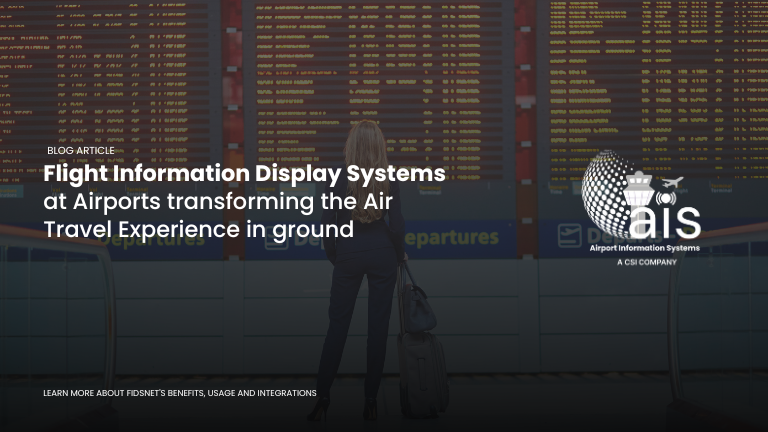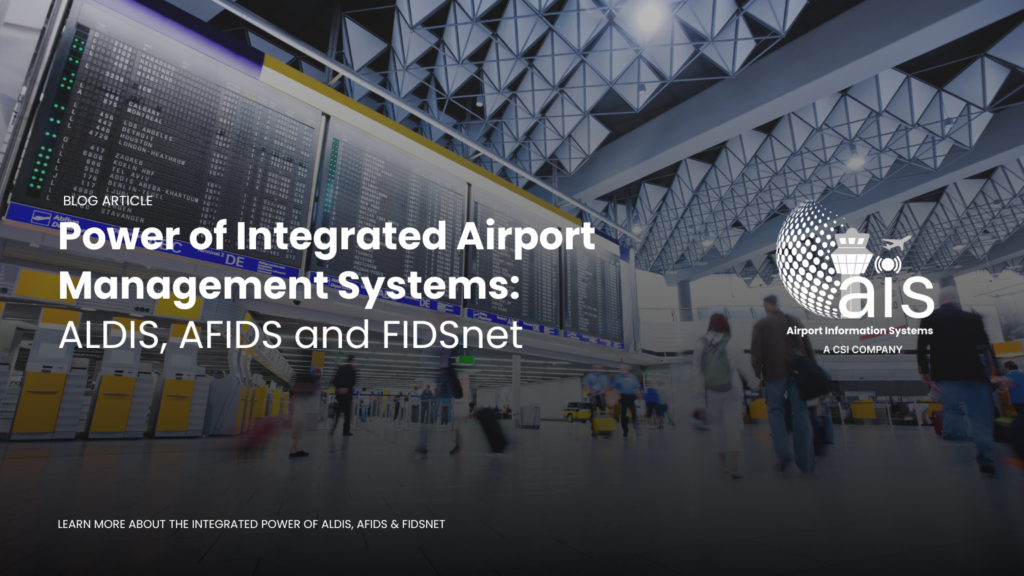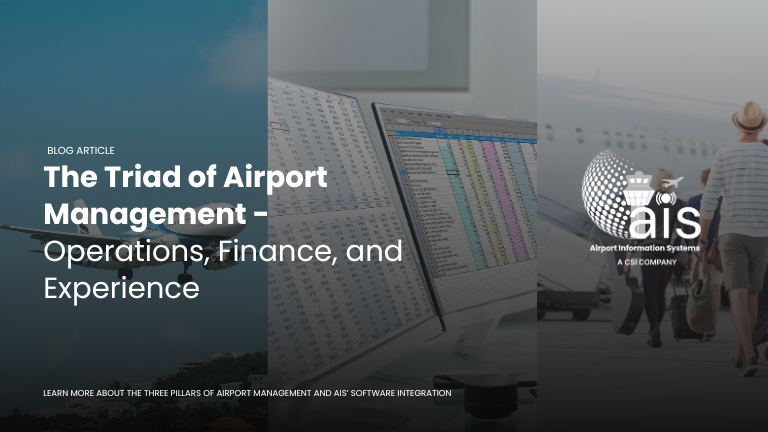According to recent reports from Airport Technology, FIDS has emerged as a pivotal technology post-COVID-19, driving operational efficiency and passenger satisfaction. As airports navigate the evolving challenges of the industry, FIDS emerges as a beacon of innovation and transformation. Flight Information Display Systems (FIDSNet) are a critical part of the modern airport experience. They provide passengers with real-time information about flight status, gate changes, and other important details. In recent years, FIDS has become increasingly sophisticated, with features like multilingual support, Bilingual flight remarks, and the display of banner ads or announcements.
What is Flight Information Display System Network (FIDSNet)?
A flight information display system (FIDS) is a computer system used in airports to display flight information to passengers. The large displays and televisions above the booking arena, baggage claim area, and departure lounge that you see at Airports are powered by a centralized airport system, where information is telecasted in live time. FIDSNet is a sophisticated network of interconnected displays strategically positioned throughout terminals, providing real-time information to passengers, airport personnel, and relevant stakeholders.
FIDSnet utilizes the latest display technologies, such as Android TVs and Smart Boxes, offering deployment on both systems and reducing cost and complexity. By utilizing Android Smart Boxes, FIDSnet can be implemented on existing display units, further reducing costs.
Benefits of FIDSNet, Beyond Flight Information Display
In today’s fast-paced aviation industry, FIDS has become a powerful tool with capabilities that extend far beyond its traditional usage. Beyond providing flight information to passengers, FIDS has played a major role in Airport passenger experiences by efficiently managing gates, providing wayfinding assistance, tracking baggage, delivering travel updates and alerts, offering advertising opportunities, and enabling emergency management. This quintessential airport display network has revolutionized how airports manage operations, provide real-time updates, and enhance passenger journeys.
Efficient Gate Management
FIDS can provide real-time updates on gate assignments, ensuring smooth operations and minimizing gate congestion. By accurately displaying gate information, FIDS helps airlines and airport staff manage boarding processes effectively.
Wayfinding Assistance
Navigating through sprawling airports can be overwhelming. FIDS offers interactive maps and directional signage, guiding passengers to their desired locations efficiently.
Baggage Tracking and Notifications
One of the most nerve-wracking moments for any traveler is waiting at the baggage carousel, hoping to catch a glimpse of their belongings. With FIDS technology, this experience undergoes a significant transformation. As luggage moves through various stages of its journey – from check-in to loading onto the aircraft and finally onto the carousel – real-time updates are relayed to passengers through FIDS displays.
Travel Updates and Alerts
FIDS acts as a central information hub, providing timely updates on flight schedules, gate changes, delays, and cancellations. Passengers can stay informed and make necessary adjustments to their travel plans, improving their overall journey experience.
Advertising and Revenue Opportunities
FIDS screens can be utilized for targeted advertising, showcasing promotional campaigns, airport services, and local attractions. This not only generates additional revenue for airports but also provides valuable information to passengers during their dwell time.
Emergency and Crisis Management
During emergencies or unforeseen situations, FIDS plays a crucial role in disseminating critical information, including evacuation procedures, emergency contacts, and safety instructions. This enhances airport preparedness and passenger safety.
Non-Aeronautical Revenue Stream for Airports with FIDSNet
Did you know that non-aeronautical revenues play a pivotal role in the success of airports? According to a recent Global Newswire article, the Non-Aeronautical Revenue Market in Airports is expected to grow at a CAGR of 7.88% between 2023-2027, with a projected growth of $35045.11 million. The market is driven by advancements in airport terminals, improved transit and transfer passenger traffic, and airport loyalty programs. The integration of a sophisticated Flight Information Display System Network (FIDSNet) presents airports with unique opportunities to harness non-aeronautical revenue streams from various sources.
Digital Signage Advertising
Airports can leverage the FIDSNet display systems as ad spaces to showcase targeted advertisements, promotions, and relevant services. Passengers, engrossed in real-time flight information, become a captive audience for advertisers. This synergy between FIDSNet and advertising transcends mere information display, creating a lucrative avenue for non-aeronautical revenue generation.
Interactive Kiosks
FIDS can be integrated with eCommerce partners and using a touch-screen display, passengers can interact with the display system. Airports can integrate retail offerings with the system, allowing travelers to browse, order, and even pre-pay for products and services. From duty-free shopping to dining reservations, the integration of eCommerce transforms FIDSNet into a seamless marketplace, fostering an environment of convenience and revenue potential.
Lounge Access Management
Why await your esteemed passengers in the queue for lounge access? Strategically positioned displays can assist passengers to various airport lounges, provide live-time flight and check-in updates, and a lot more thus enhancing the airport experience and generating incremental revenue streams for the airport. Airports can also use these displays to capitalize on passenger engagement by promoting premium services and targeted ads in these lounge displays.
The Integration of Android Smart Boxes with FIDS for Cost-Effective Displays
The integration of FIDSNet with Android Smart Boxes can deliver a multifaceted enhancement to airport operations while offering a cost-effective solution. Flight Information Display System (FIDSnet) by AIS offers the latest in display techniques using state-of-the-art 4K LCD TVs with built-in Android Smart Boxes, reducing cost and complexity.
Traditionally, FIDSNet relies on dedicated hardware for display controllers, which often involves significant upfront costs, maintenance expenses, and limited scalability. Here’s where the integration of Android Smart Boxes comes into play, introducing a paradigm shift. Android Smart Boxes, known for their cost-effectiveness and versatility, serve as dynamic display controllers within the FIDSNet ecosystem. These devices run on the widely used Android OS, which leverages the ability to transform them into smart endpoints for FIDS information dissemination.
FIDSnet utilizes structured cabling, Wi-Fi, Power-over-Ethernet, or a standalone power supply connection for its operations. By embracing Android Smart Boxes as display controllers, airports can significantly reduce their hardware expenditures.
The major benefit of Android Smart Boxes lies in their remote management capabilities. Updates, configurations, and software enhancements can be centrally administered, eliminating the need for on-site interventions. This reduces maintenance costs and downtime, ensuring that the FIDS network operates seamlessly and efficiently.
Benefits of installing AIS FIDSNet
FIDSNet by Airport Information Systems (AIS) can share real-time arrival and departure information on an airport’s website. The key advantage of using AIS’ FIDSNet is the power of integrated experience.
Integrated Airport Management Systems is the unification of critical airport functions, creating a synchronized, data-driven, and customer-centric approach. AIS offers turnkey solutions for streamlined Airport operations, which include Airport Landing Dues Information System (ALDIS), Airport Flight Information Display System (AFIDS), and Flight Information Display System (FIDSNet). FIDSnet uses the real-time data of the AFIDS software to display, in a configurable format, relevant information on screens around the airport. Airport Flight Information Display System (AFIDS), and Flight Information Display System (FIDSNet) ensure that consistent and synchronized information is displayed throughout the airport. The integrated Aeronautical Billing System ensures accurate and transparent billing for airlines and other aviation stakeholders. Implementing an efficient Aeronautical Billing System in airports requires the adoption of best practices. Know more about the best practices for implementing an efficient Aeronautical Billing System in Airports from here.
This integration fosters operational excellence, improved revenue management, and a seamless passenger experience, positioning the airport as a model of efficiency and innovation in the aviation industry.
Conclusion
In the multifaceted realm of aviation, the Flight Information Display System Network (FIDSNet) emerges as a linchpin connecting travelers, airport operations, and other key stakeholders in the overarching aviation ecosystem. Flight Information Display Systems (FIDS) are a critical part of the airport experience, providing passengers with real-time information about their flights, such as gate assignments, arrival and departure times, and delays. Airports are enhancing their passenger experience using advanced FIDSNet, making air travel more efficient, safe, and enjoyable. FIDNet opens a plethora of non-aeronautical revenue streams such as Digital Signage Advertising, Interactive e-commerce Kiosks, and Lounge Access Management.
Airport Information Systems has partnered with Cello Electronics for FIDSNet’s intuitive Displays. Humberside International Airport has upgraded to AIS’s latest version of Flight Information Display System (FIDSNet) supported using the latest Windows Server 2019.
If you’re seeking a comprehensive solution to streamline your airport operations and enhance the passenger journey, contact us to learn more about how our systems can streamline your airport operations.



Pingback: ATC and Air Traffic Control Administration System - Airport Information Systems - AIS